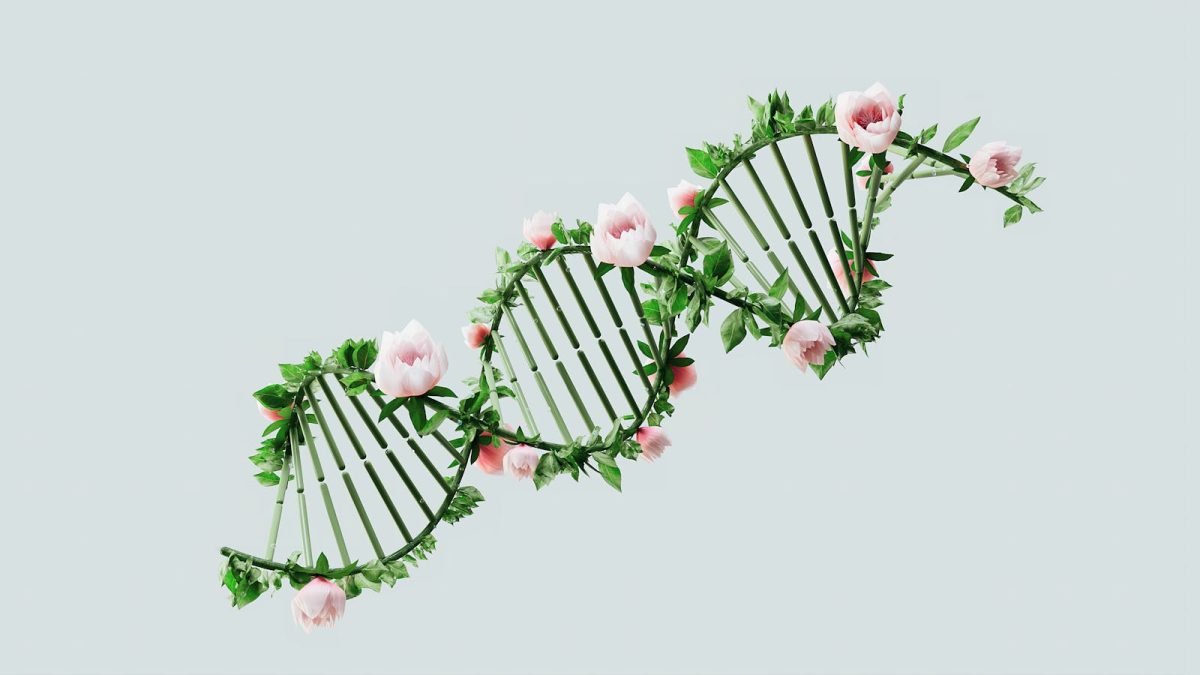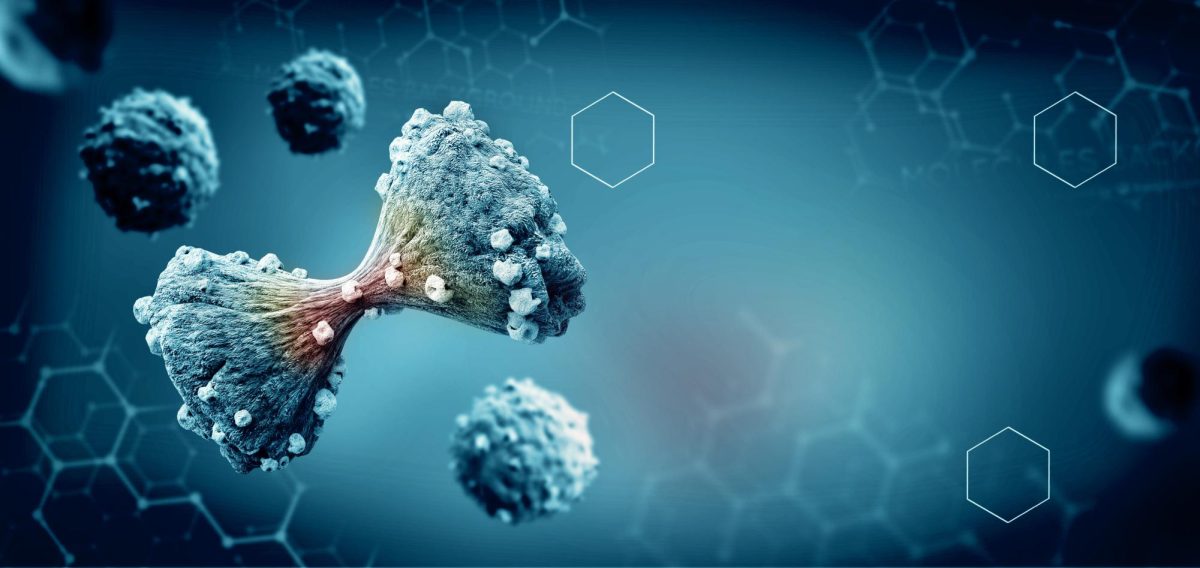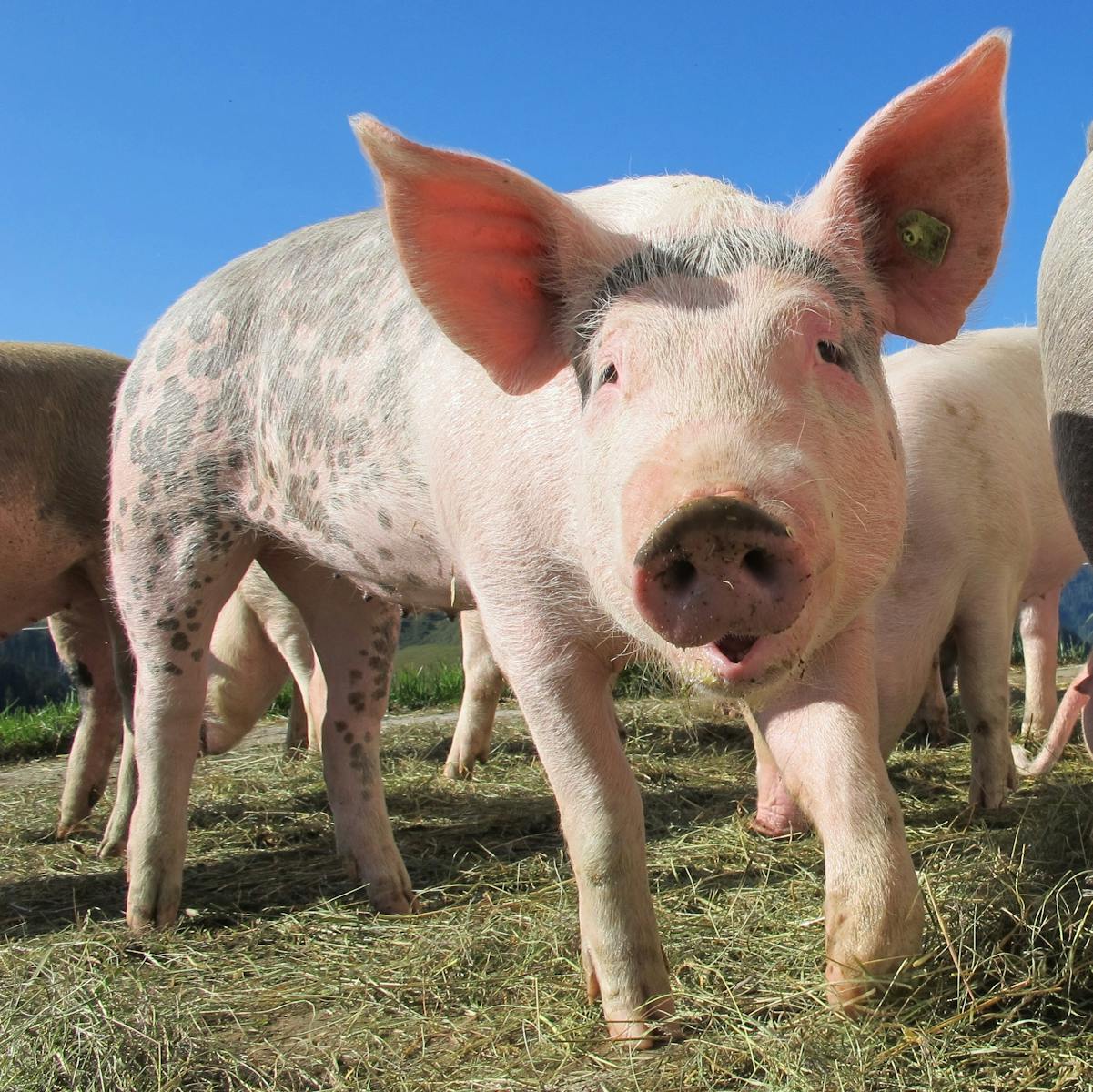The Problem
As climate change and other threats like pests and unsustainable farming techniques threaten the plants of this planet, certain medical plants may disappear, removing access to their important chemicals. This means that major medicines, critical to global health, may disappear as well. With about 40% of all pharmaceutical products coming from plants, this is a blow that humanity simply cannot ignore.
RoSynth
A team of ten Rochester students, calling themselves “RoSynth”, have developed innovative technologies that are significantly cheaper and more efficient in replicating plant chemicals. The team entered the 2023 International Genetically Engineered Machine (iGEM) in November. They competed against teams from all across the globe to use synthetic biology to solve real-world problems. Their bioprinting technologies were nominated for both Best Biomanufacturing Project and Best Hardware winning them a gold medal and making them the third most recognized team in America.
The Method
The current method to print plant chemicals was to print out yeast and genetically engineered bacteria to grow and exchange molecules to build up the product. However, the yeast and bacteria need to be able to grow separately to prevent one microbe from growing too fast and killing the other one. The RoSynth bioprinter was designed to print out hydrogels, a jelly-like substance created with water and polymers, to hold the bacteria and yeast. Then, they would both be deposited into a liquid nutrient broth. The hydrogels kept the microbes apart from each other, yet still allowed molecules to be exchanged. Another innovation made by RoSynth was their bioprinter. Typically, bioprinters cost around $10,000, but they built one that cost only $500. This means that creating plant-based chemicals was accessible to others despite the lack of funding.
Fighting Global Warming
As global warming threatens plants, humanity now has the power to bring them back. Team RoSynth has already assessed their machine to synthesize rosmarinic acid, a chemical typically extracted from plants like rosemary, sage, and ferns. Although this chemical wasn’t threatened by climate change, the power to bring back plant chemicals is undeniable. Other drugs that could be printed are aspirin, from willow bark, and cancer drug taxol, from yew trees.
Related Stories
https://www.rochester.edu/newscenter/3d-bioprinting-plant-based-drugs-pharmaceuticals-591522/
https://www.azom.com/news.aspx?newsID=62512
https://interestingengineering.com/science/students-3d-bioprinting-chemicals-plants
https://www.3printr.com/3d-printing-plant-based-pharmaceuticals-without-plants-4068884/
Take Action





